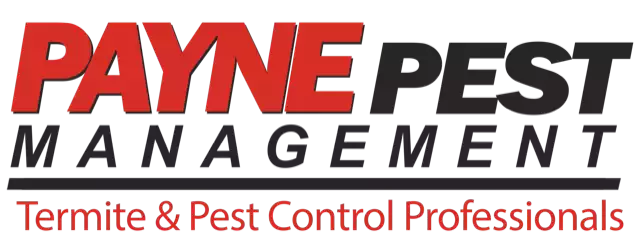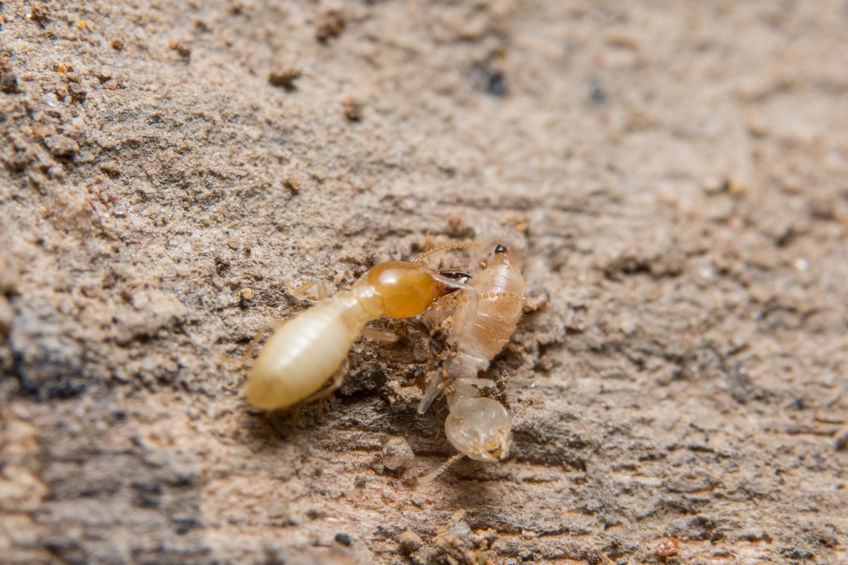Termite colonies are very complex structures, and they can serve as an object of study for many industries and professions, including architects. Architects are particularly interested in termite mounds – those large mud towers that can be seen across the landscapes of the tropics. Each mound was painstakingly built by a collective effort on the part of termite workers, who somehow know where each piece of mud needs to be placed in order to not only have a functional colony, but one that has proper ventilation and moisture control.
Insect inspiration
We humans have it easy when it comes to building homes compared to termites. Termites are in a constant competition for prime resources and locations. This has driven them towards maximum efficiency in construction. However, we might not be so lucky for long. With the population of the Earth set to exceed 10 billion people, and rapid modernization and globalization, resources may become scarcer and scarcer.
The process through which humans borrow from nature to produce designs, structures and systems is known as biomimicry, and it’s a practice that is not new to architects and engineers. However, they usually focused on the aesthetics and functionality of a building in such cases, not the process through which the building is constructed. If we want to keep efficiency in mind, this is the next step in biomimicry.
In other words, architects are no longer looking at the “what” of nature, but at the “how.” After all, termites are able to build incredibly complex structures without any planning or forethought, and without any type of organization or leadership. In terms of computer science, you could say that they build their colonies according to an algorithm.
However, this is not space age technology that is purely theoretical. Termites have already inspired a building in Harare, Zimbabwe, where the architect looked at how termite mounds are able to dissipate heat and have proper ventilation, and then applied it in real world construction. The building in question has a porous surface, which is able to stay cool in a very hot outdoor temperature, slashing the costs of running the building.
There are different avenues that researchers are looking at currently, from using 3D printers to create construction components, to creating extraordinary shapes without too much work and investment. Learning from the termites here, construction companies may soon have access to swarm technology powerful enough to create the 3D printed components of a building on the fly, as the building is created.







